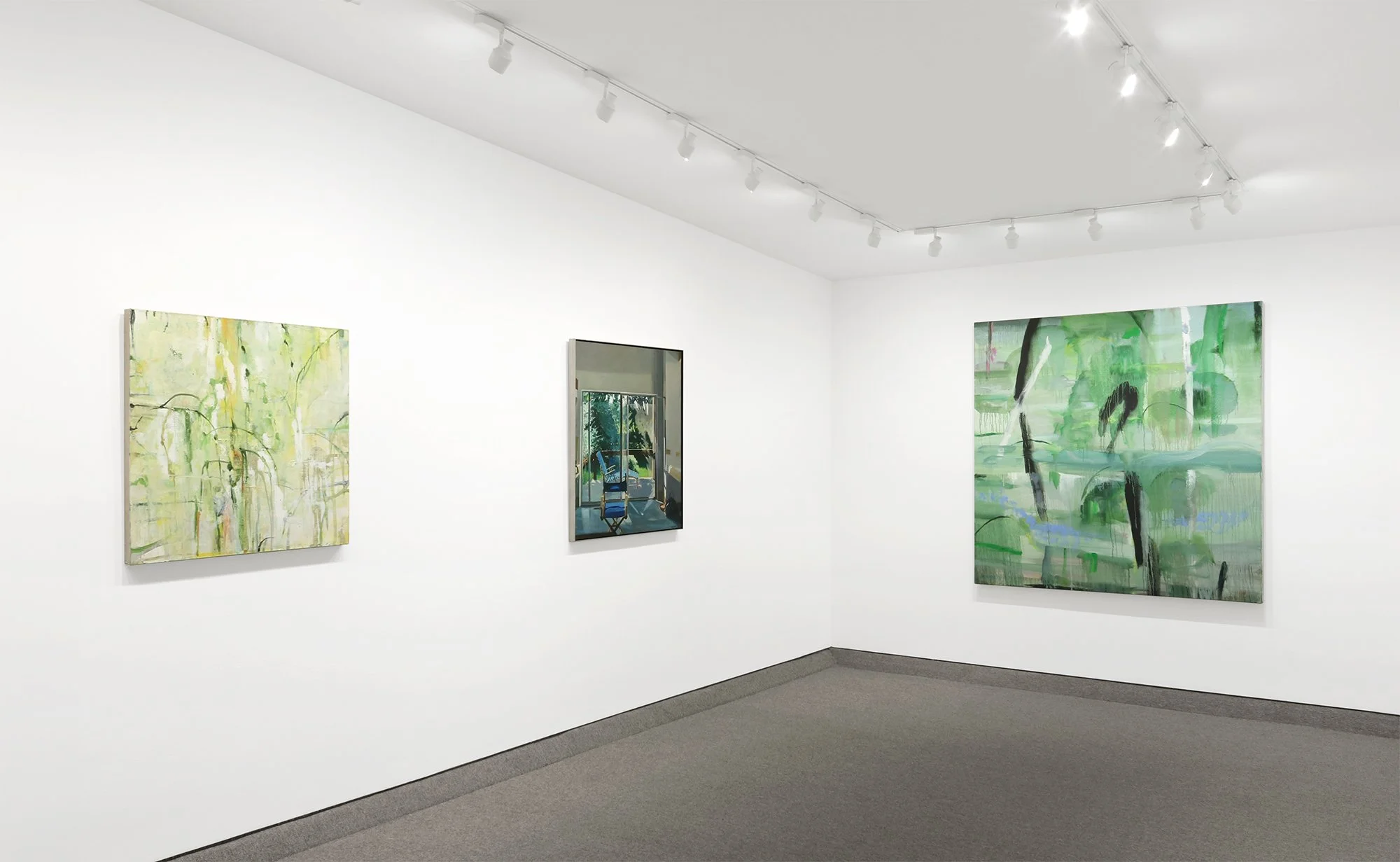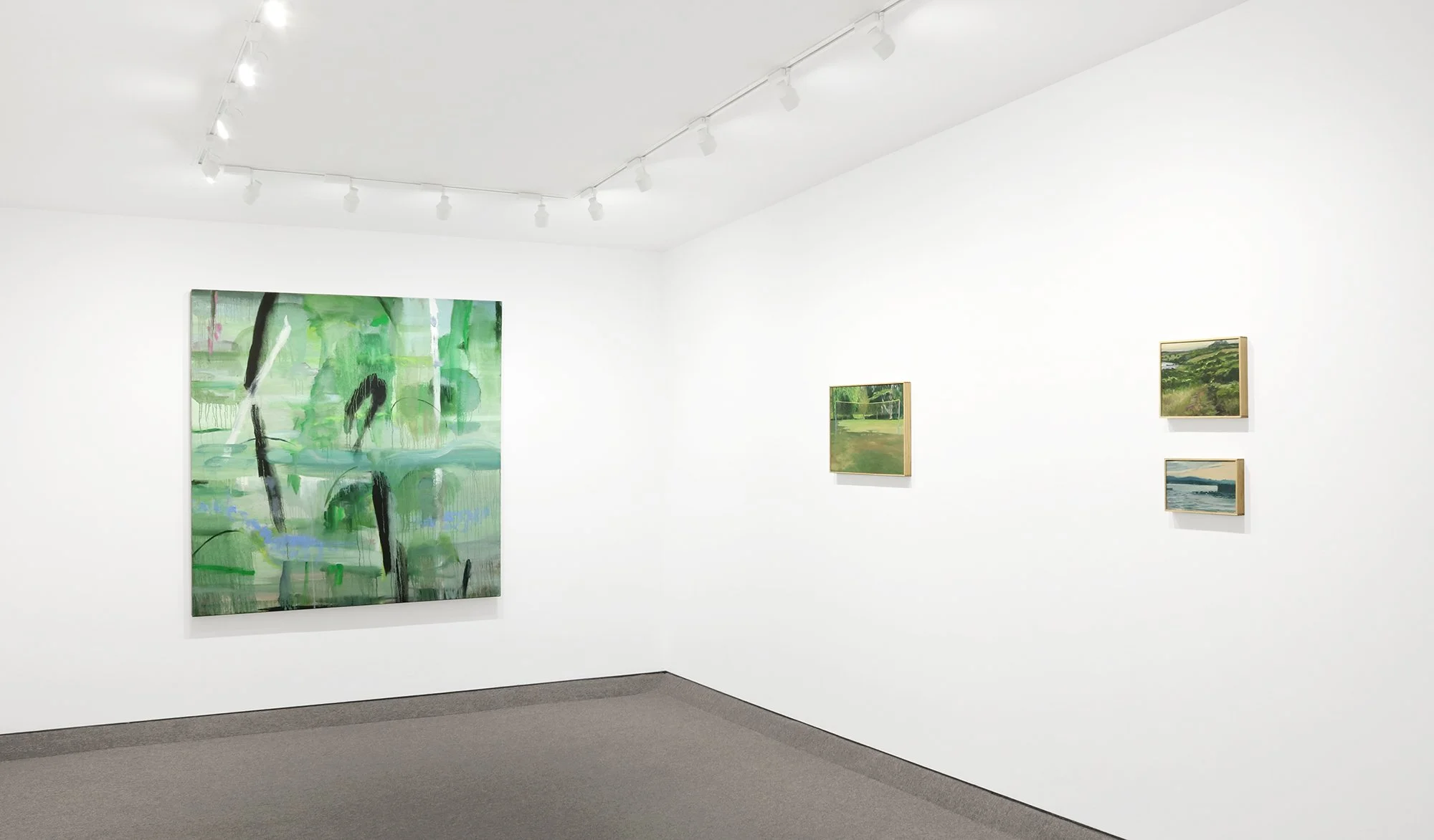Exhibition News: Michael Mazur: Paintings, 1970-2008 @ Krakow Witkin Gallery, June 15 - July 19, 2024
““If there is any kind of freedom that the post-modernist period has allowed, it is a freedom to move through different types of work-to take different parts of the artist’s personality and express them at different times and sometimes even simultaneously.””
Michael Mazur: Paintings, 1970-2008
June 15 - July 19, 2024
Krakow Witkin Gallery, Boston, MA
“If there is any kind of freedom that the post-modernist period has allowed, it is a freedom to move through different types of work-to take different parts of the artist’s personality and express them at different times and sometimes even simultaneously.”
—Michael Mazur
Michael Mazur first exhibited with Harcus Krakow Gallery in 1976 and, over the years, had relationships with Portia Harcus, Barbara Krakow, and Andrew Witkin. Krakow Witkin Gallery, in conjunction with Mazur’s Estate, proudly presents an exhibition juxtaposing figurative paintings from the 1970’s with abstract ones from the 1990’s and 2000’s.
“For Mazur, it is the distinctiveness of the surface rather than the choice of subject matter that defines an artist’s individual style. This emphasis on surface has been a constant aspect of his work over the span of his career; and it has been a persistent but ever-changing commitment to the art of landscape that has brought him to this realization… Michael Mazur’s most abstract paintings owe their distinctive forms to a delicate balance between old meaning and new techniques. His landscapes retain associative meaning from both the internal landscape of the body and the external world of nature.”
—Susan Danly, former Curator of American Art, Mead Art Museum, Amherst College
Mazur’s paintings exhibit the artist’s consistent belief in equality. Equality of space, activity, people, and subject matter. In the 1970’s, Mazur’s handling of a backyard scene was as focused on mark making and color as it was on the foreground and background of each scene, with the entire surface being of equal importance. In his later abstract works, the same can be said, and by exploring both modes (and in all sizes), Mazur shows that both figuration and abstraction, along with all the space between, were significant areas to explore with the same amount of attention, creativity, and energy.
“In the gesture of resolution, evoking the dynamism of the world in a static medium, Michael Mazur’s distinctive intelligence asserts itself in the play between perception and form-making. Haltingly, in the pleased fumbling of the one who tries to imagine the artist’s imagining, happily, I follow.”
—Robert Pinsky, poet, essayist, literary critic, and translator












